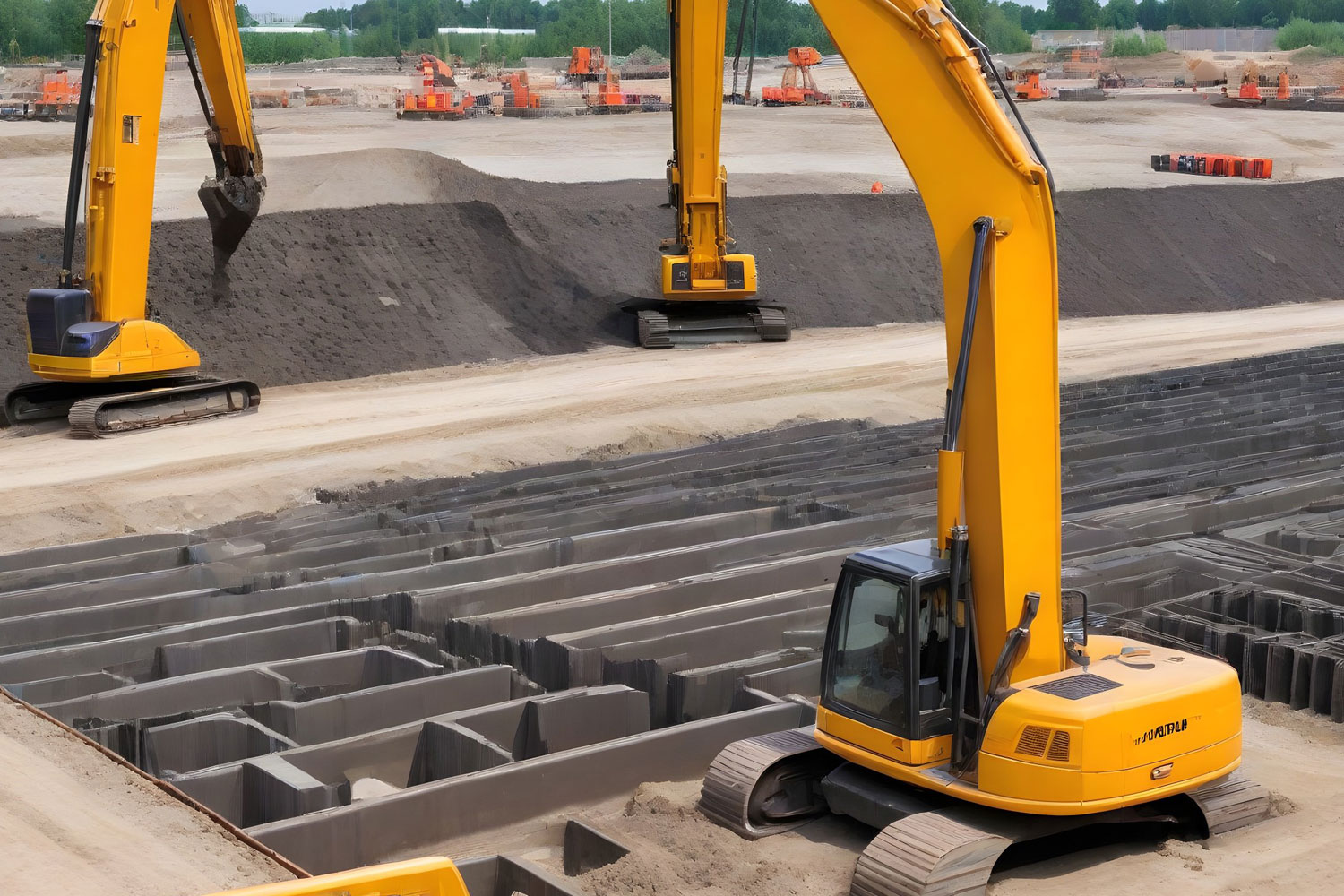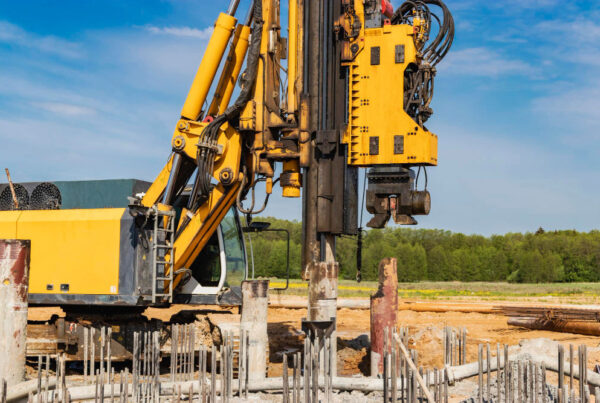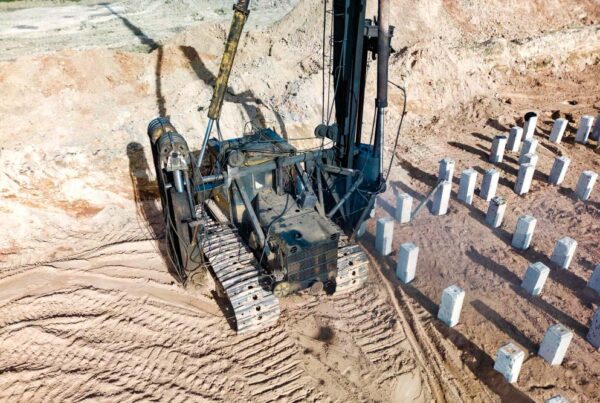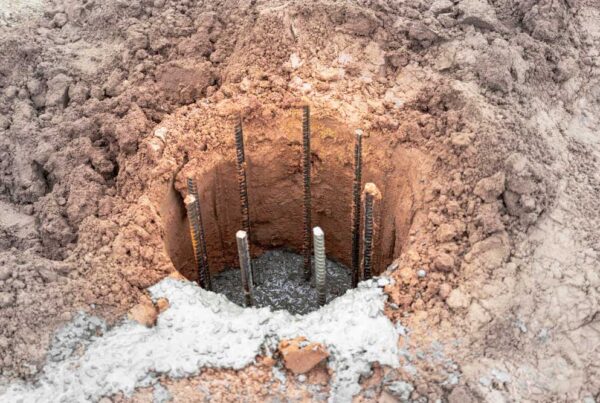Driven piles are foundational elements extensively used in construction and civil engineering projects to support structures, transfer loads, and provide stability in various soil conditions. This article delves into the diverse array of driven pile types, highlighting their materials, construction methods, and applications across different industries.
Introduction to Driven Piles
Driven piles are structural members forcefully driven into the ground using impact or vibratory hammers. They are commonly made from materials such as concrete, steel, timber, or composite materials. Driven piles offer a reliable and cost-effective solution for constructing foundations in locations with challenging soil conditions or limited access.
Concrete Driven Piles
Concrete driven piles, also known as precast concrete piles, are manufactured off-site and transported to the construction site for installation. They come in various shapes and sizes, including cylindrical, square, or octagonal, and are suitable for both compression and tension loads. Concrete driven piles are widely used in heavy construction projects, bridges, and marine structures due to their high load-bearing capacity and durability.
Steel Driven Piles
Steel driven piles are commonly used in projects requiring high load-bearing capacity and resistance to corrosion. They are available in different shapes, including H-piles, pipe piles, and sheet piles, and are driven into the ground using impact hammers. Steel driven piles are versatile and can be easily modified on-site to accommodate specific project requirements. They find applications in bridges, high-rise buildings, and offshore structures.
Timber Driven Piles
Timber driven piles are made from wood species such as Douglas fir, southern yellow pine, or hardwoods and are suitable for low to medium load-bearing applications. They are lightweight, easy to handle, and environmentally friendly, making them ideal for residential, light commercial, and temporary construction projects. Timber driven piles are driven into the ground using impact hammers or vibratory methods and offer cost-effective foundation solutions.
Composite Driven Piles
Composite driven piles combine the advantages of different materials, such as fiberglass, plastics, and resins, to provide tailored solutions for specific project requirements. They offer high strength-to-weight ratios, corrosion resistance, and environmental sustainability compared to traditional materials. Composite driven piles are suitable for environmentally sensitive areas, waterfront structures, and projects requiring lightweight and durable foundations.
Conclusion
Driven piles play a crucial role in construction and civil engineering projects, providing efficient and reliable foundation solutions in various soil conditions. Understanding the different types of driven piles, their materials, and construction methods is essential for selecting the most suitable solution for specific project requirements. Whether it’s concrete, steel, timber, or composite driven piles, each type offers unique advantages and applications, contributing to the success and sustainability of infrastructure projects worldwide.






